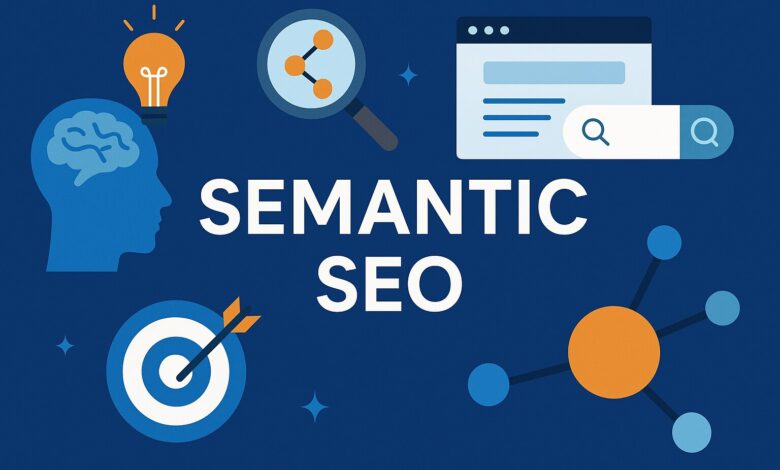
What is Semantic SEO and Why Does It Matter?
Semantic SEO is a smarter way to help your content rank. Instead of just using exact keywords repeatedly, context is considered important. Google and other search engines have become much more advanced today. They no longer rely only on keywords to deliver search results. The intent behind the search is now understood by algorithms.
So, content must answer questions users are actually looking to solve. Semantic SEO focuses on meaning, topic depth, and user relevance. It allows your page to rank for multiple related search terms. With this method, better visibility and more traffic can be achieved. That’s why it is widely used by modern SEO professionals.
How Semantic Search Changed the SEO Landscape?
In the past, search engines matched content mostly with exact keywords. For example, to rank for “best cameras,” that phrase was repeated. This technique worked before Google introduced smarter search technology like Hummingbird. With updates like RankBrain and BERT, Google began understanding natural language.

Controlled by artificial intelligence, these systems helped Google understand the meaning of the sentences and the intent of the research. As a result, keyword stuffing became a poor and outdated practice. Pages that provide more context and in-depth information are now rewarded. Search engines now look for connections between words, topics, and ideas. This makes search results more useful and accurate for the users. Websites that follow this change often see improved search performance.
The Role of Topics and Related Keywords in SEO
With Semantic SEO, writing content around a central topic is encouraged. The goal is to explore and explain the topic completely and clearly. This includes using synonyms, variations, and related keyword terms in content. These words are known as LSI (Latent Semantic Indexing) keywords.

They help in search engines by determining what your content really means. For example, if you’re writing about “digital marketing,” include terms like “SEO,” “content marketing,” “social media,” and “Google Ads.” These related phrases make your content more valuable to both readers and bots. The use of semantically related terms adds context and improves rankings. Pages with full-topic coverage tend to perform better over time.
Creating High-Quality, In-Depth Content for Better Rankings
The material for Semantic SEO should be thorough, comprehensive, and instructive. Your article should answer the user’s question as completely as possible. Try to cover multiple angles, subtopics, and common related questions. Google favors pages that help users without making them search again.
By figuring out what people are actually asking, you may achieve this. Tools like Google’s “People Also Ask” or AnswerThePublic are helpful. By adding these insights, you make your content more useful and trusted. A longer article with better structure often ranks higher on Google. Paragraphs should be organized using headers to group related ideas clearly. Semantic SEO is all about being helpful, not just optimized.
Internal Linking and Topic Clusters Strengthen Semantic Signals
Creating strong internal links is another major part of Semantic SEO. This means linking affiliated papers together within your website content. One main “pillar runner” should cover a broad content in depth. also, lower papers on subtopics should link back to the pillar runner. This creates a content cluster that hunt machines understand and value.
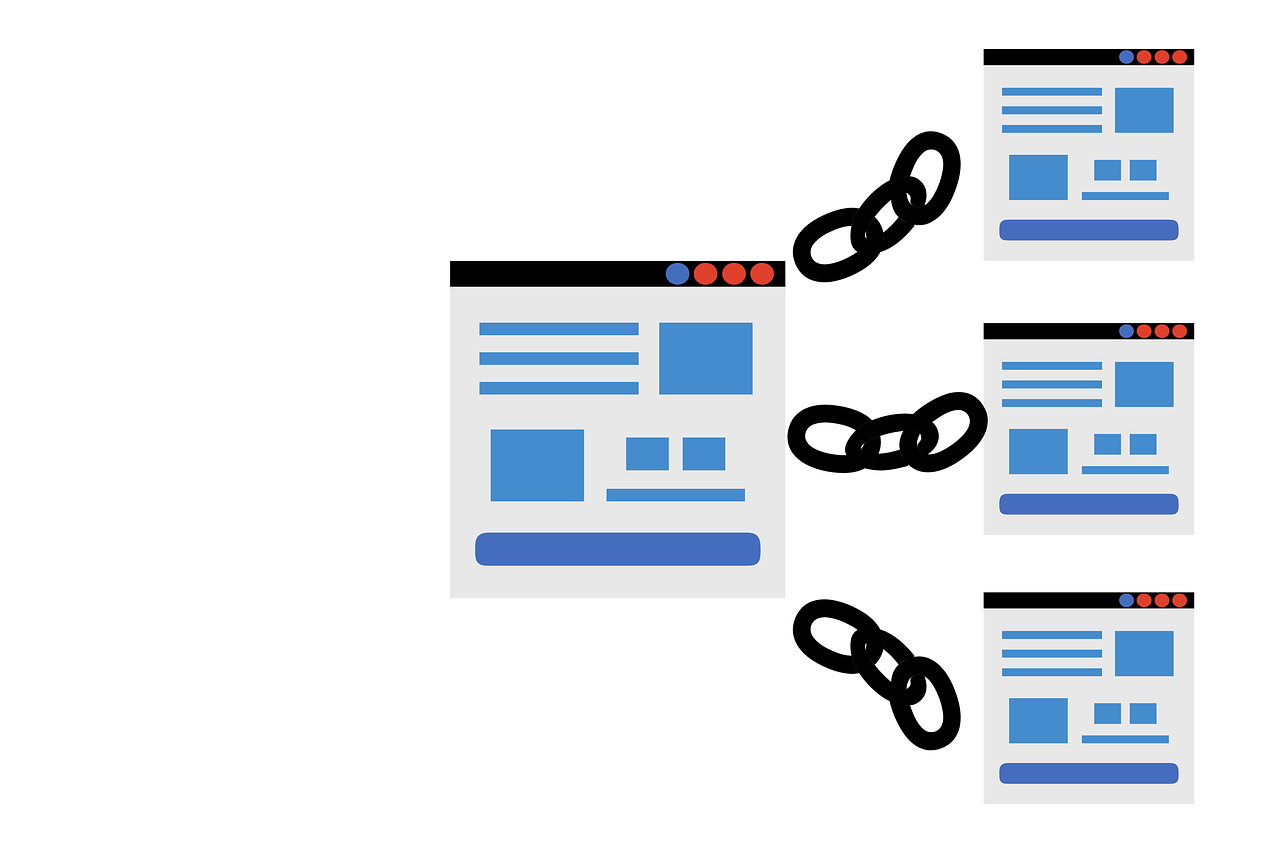
For illustration, a runner about “Yoga” could link to papers on “Yoga for newcomers,” “Stylish Yoga Mats,” and “Benefits of diurnal Yoga.” Each lower post links to the main content, erecting a clear structure. These connections help Google see your website as an authority on that content. Internal linking improves stoner navigation and keyword applicability at the same time.
Using Structured Data to Support Semantic SEO
Structured Data is included to web pages utilizing Pattern markup labels. This additional layer of data makes a difference look motors superior get it your substance. Common pattern sorts incorporate FAQ, How-To, Article, Item, and Audit. Including pattern tells Google what kind of substance your page contains. This underpins your Semantic SEO by strengthening meaning and setting signals.
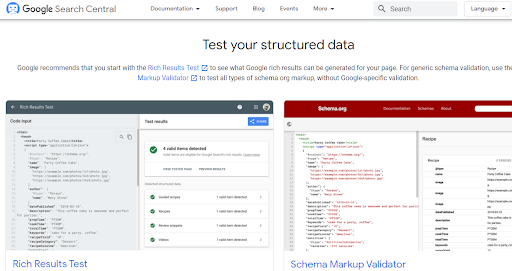
Pages with organized information may show up with wealthy comes about or pieces. These incorporate appraisals, pictures, answers, or additional subtle elements in the look comes about. This perceivability makes strides click-through rates and improves look appearance on Google. Actualizing pattern is a specialized assignment but exceptionally fulfilling in the long run.
How Semantic SEO Helps with Voice and Mobile Search?
With virtual assistants and mobile devices, voice search is becoming increasingly popular. Now, people ask comprehensive questions such as, “What’s the best DSLR for beginners?” The questions are now longer and more discussion-based than “best DSLR camera.” Since semantic SEO prioritizes meaning over simple phrases, it’s a great fit.
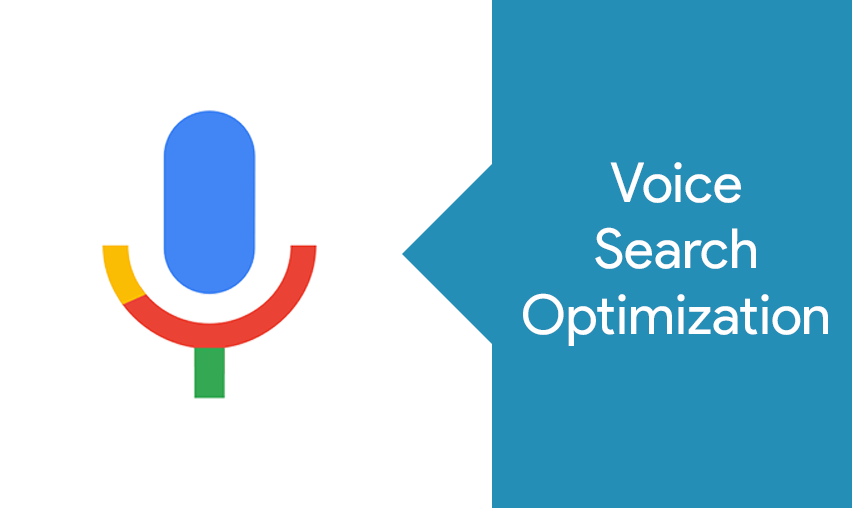
A piece of material is favored if it thoroughly answers these common queries. The page that will respond to these voice searches will be selected by Google. As a result, it is advised to write in a manner that is spontaneous and conversational. Respond to questions of the “what,” “how,” and “why” kind immediately by using subheadings. Your position in voice results can be improved by using straightforward language and asking questions in complete sentences.
Best Practices to Apply Semantic SEO to Your Website
To implement Semantic SEO, begin by identifying a specific primary subject. Research user intent, common questions, and relevant subtopics people search for. Create content that addresses all important areas of that main topic. Use synonyms, LSI keywords, and related phrases naturally within the article.
Add internal links to relevant content pages that support the main topic. Use headings and bullet points to organize information clearly and simply. Write longer articles that provide value and answer complete questions. Include FAQ sections and try to add Schema markup where possible. Focus on content clarity, topic depth, and user experience above all. With consistent effort, Semantic SEO will improve your traffic and rankings.
Why Semantic SEO Is the Future of Optimization?
Today, search engines are smarter than ever and pay attention to quality of content over simply placing keywords on a page. Semantic SEO gets your site in front of additional searches, as users find useful, thorough information that keeps them on your page longer; which is tracked by search engines and rewarded with higher rankings. Focusing on topics, meanings, and questions addresses user needs, builds trust, authority, and long-term organic growth for your website, and sets you up for the future. The more questions you answer, the more visibility your content has. Semantic SEO can make a huge difference in how your digital presence is viewed.
Semantic SEO FAQs
What is Semantic SEO?
Semantic SEO means writing content that search engines can understand better. It focuses on the meaning of words, not just keywords.
Why is Semantic SEO important?
It helps your content rank higher by matching user intent, not just keywords. Search engines show your content for more related searches.
How is Semantic SEO different from regular SEO?
Regular SEO uses exact keywords often. Semantic SEO focuses on topic depth and related terms.
What are LSI keywords?
LSI (Latent Semantic Indexing) keywords are related words and phrases. They help search engines understand your topic more clearly.
How can I use Semantic SEO in my content?
Write detailed content on a topic. Use related words, subtopics, and answer common user questions.
Does Semantic SEO improve voice search results?
Yes. Because voice search uses full questions, Semantic SEO helps your content get picked as the answer.
What is a topic cluster?
A topic cluster is a group of related content. It links back to a main article or “pillar” page for better structure.
How does internal linking help with Semantic SEO?
Internal links connect related content. This shows search engines how topics are connected and builds authority.
What is structured data, and how does it help?
Structured data is special code (Schema markup) that explains your content. It helps Google understand and display your content better.
Can Semantic SEO help increase website traffic?
Yes. By covering topics in depth and answering real questions, your content ranks for more search terms and brings more visitors.
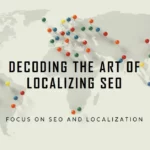



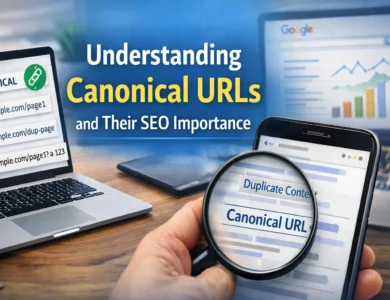
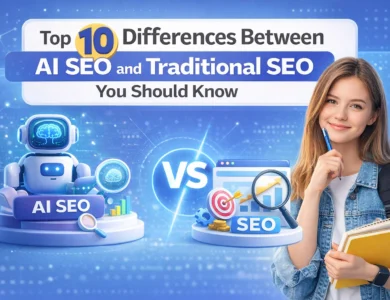

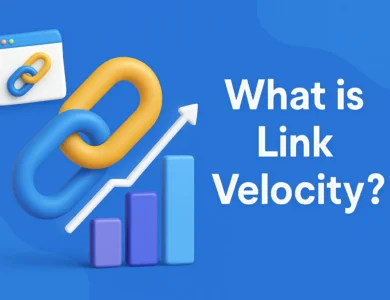
For some, semantic SEO can feel overwhelming at first, but the way you explained it made it easier to grasp. Thanks for sharing!